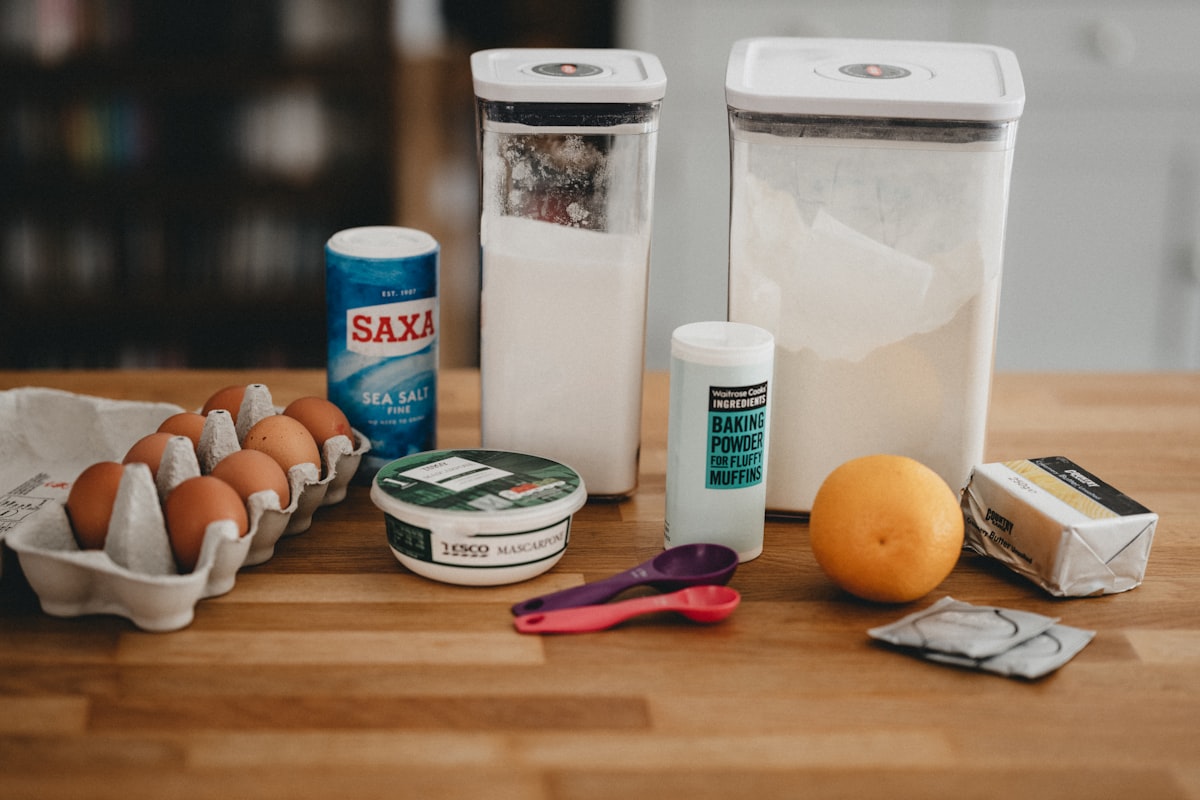What Is Baking Soda?

Baking soda is a common ingredient in many home recipes. The compound formula for this substance is NaHCO3. Sodium cation and bicarbonate anion are present in the compound. It is a white solid that is commonly found as a fine powder. It is used for a variety of purposes, including baking, heartburn relief, and gemstone polishing.
Baking soda is a leavening agent
Baking soda is a common ingredient found in baked goods. This chemical leavening agent acts as an acid-base compound, generating tiny bubbles of carbon dioxide to give baked goods volume, texture, and a balanced flavor. It is often used in recipes that do not call for yeast. It is inexpensive and widely available, and is an effective leavening agent that improves the color, flavor, crumb texture, and gluten strength of baked goods.
Baking soda is commonly confused with baking powder, but they have very different functions and compositions. Baking soda produces CO2 bubbles when mixed with liquid or acid, and baking powder is made up of baking soda combined with another dry acid.
It brightens gemstones
If you have a gemstone that's faded or tarnished, cleaning it with baking soda can be a simple way to restore its brilliance. Using the right cleaning solution is essential to ensure a longer lifespan. However, you should be careful when using chemicals as they can damage gemstones. For these reasons, it's best to stick with natural cleaning solutions.
Using a toothpaste or toothbrush to clean a gemstone is also an easy way to restore its luster. This simple method is highly effective because it helps remove contaminants and boost mineralization. It works best with crystalline gemstones, but it can damage glued pieces and softer stones.
It helps treat heartburn
Baking soda can help treat heartburn and can be used as an antacid to soothe indigestion. However, it is important to consult a physician before using baking soda as an antacid. It is not recommended for prolonged use and should only be used if you experience frequent heartburn. A doctor can prescribe a proper dosage and monitor your progress.
Baking soda can help treat heartburn by neutralizing stomach acid. However, a large dose can cause side effects and should only be used as a temporary remedy. It should be diluted in water before swallowing. One tablespoon should be mixed with four ounces of water and consumed slowly. It should not be used as a treatment for chronic heartburn or GERD. If symptoms persist for more than two weeks, you should consult a doctor and discuss other options. Medications such as H2 blockers and PPIs may be prescribed to treat your symptoms.
It is poisonous
While it may seem that baking soda is safe to eat, it can be very dangerous if it's swallowed. It contains a high amount of sodium, which can cause serious problems with your digestive system. Baking soda can also cause kidney stones and chronic kidney disease. This makes it important for parents to be vigilant about their child's exposure to baking soda.
When used in excess, baking soda can cause diarrhea and vomiting. Your body attempts to balance out the high sodium level by drawing more water into your digestive tract, which can cause dehydration, kidney failure, and seizures. The high pH of baking soda can also affect your breathing.
It is used to clean non-stick pans
When it comes to cleaning non-stick pans, baking soda is an excellent option. This mild abrasive helps remove grease and other buildup from the pan's surface. You can mix one part baking soda with one part water and scrub the pan with a nylon scrubber or non-abrasive sponge. Rinse with water afterward. If necessary, re-season the pan with cooking oil. Use this simple cleaning method to keep your non-stick pans looking like new.
Another effective cleaning solution for non-stick pans is washing up liquid. The washing up liquid should be of high quality to get rid of any leftover residue and bacteria. After scrubbing, you need to make sure you're using a gentle circular motion. If the pan has a thick layer of residue, you might need to scrub the pan for a longer period of time.



